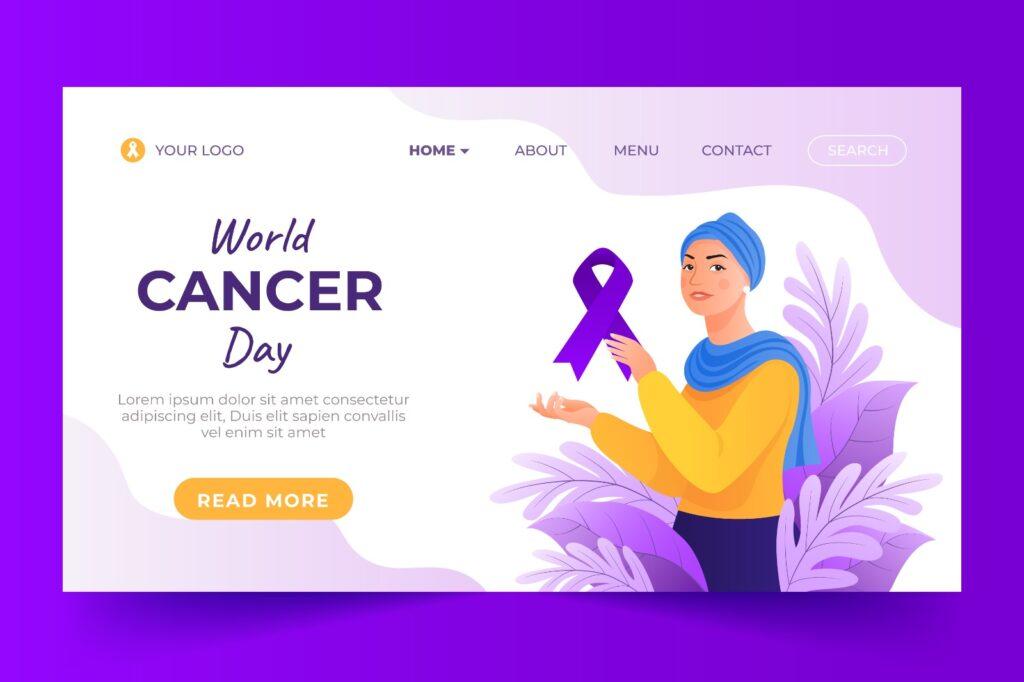

Cancer is a global health challenge that affects millions of individuals and their families. While significant progress has been made in cancer research and treatment, the battle against this complex disease is far from over. One of the most effective ways to combat cancer is through spreading awareness and empowering communities with knowledge about prevention, early detection, and available resources. This article explores the importance of spreading cancer awareness, the key messages to convey, and the strategies and initiatives that can make a significant impact in raising awareness.
1. The Significance of Cancer Awareness
Cancer awareness is vital because it empowers individuals to take control of their health and make informed decisions. By disseminating accurate information about cancer risk factors, early signs, and available screening tests, awareness campaigns can encourage individuals to adopt healthy lifestyles and seek timely medical attention. Increased awareness also reduces stigma surrounding cancer, enabling open conversations about the disease and fostering supportive communities for patients and their families.
2. Key Messages in Cancer Awareness
Effective cancer awareness campaigns should convey key messages that emphasize prevention, early detection, and the importance of seeking medical help. These messages can include information about adopting healthy habits such as regular exercise, maintaining a balanced diet, avoiding tobacco and excessive alcohol consumption, and protecting oneself from harmful environmental factors. Additionally, awareness campaigns should stress the significance of cancer screenings and the early warning signs of various types of cancer, enabling individuals to recognize potential symptoms and seek medical assistance promptly.
3. Strategies for Spreading Cancer Awareness
There are numerous strategies and initiatives that can be employed to spread cancer awareness effectively. Collaboration between healthcare organizations, government agencies, non-profit organizations, and the media plays a pivotal role in reaching diverse populations. Some effective strategies include:
a) Public Education Programs: Organizing public lectures, seminars, and workshops to educate communities about cancer prevention, early detection, and available resources. These programs should be accessible and culturally sensitive, reaching underserved populations.
b) Media Campaigns: Leveraging traditional and digital media platforms, including television, radio, social media, and websites, to disseminate cancer awareness messages. Engaging stories, testimonials, and celebrity endorsements can help captivate and inspire audiences.
c) Community Outreach: Partnering with local organizations, schools, workplaces, and religious institutions to reach a wider audience. Conducting health fairs, distributing informational materials, and providing free screenings can make a significant impact.
d) Survivor Support Groups: Establishing support groups for cancer survivors and their families, providing emotional support and a platform to share experiences. Survivor stories can inspire others and demonstrate the importance of early detection and treatment.
e) Collaboration with Healthcare Professionals: Working closely with healthcare providers to ensure accurate and up-to-date information is available to patients during routine check-ups, hospital visits, and diagnostic procedures.
4. Harnessing the Power of Social Media
In today’s digital age, social media platforms offer unparalleled opportunities to reach vast audiences and disseminate cancer awareness messages. Social media campaigns can utilize engaging content, infographics, videos, and hashtags to raise awareness, educate, and encourage healthy behaviors. By collaborating with influencers, bloggers, and patient advocates, cancer awareness can be amplified and shared widely, fostering a sense of community and support.
5. Global Initiatives and Partnerships
The fight against cancer requires global cooperation and partnerships. International organizations such as the World Health Organization (WHO), American Cancer Society (ACS), and various research institutions are actively involved in spreading cancer awareness worldwide. Collaborative initiatives, such as WorldCancer Day, Pink October, and Movember, raise global awareness about specific types of cancer and encourage early detection and prevention. These campaigns, along with global partnerships, facilitate knowledge exchange, research collaborations, and resource allocation to regions with limited access to cancer care.
6. Empowering Individuals and Communities
Spreading cancer awareness goes beyond disseminating information. It involves empowering individuals and communities to take proactive steps towards prevention and early detection. By providing resources such as educational materials, access to screenings, and information about support services, communities can become better equipped to address the challenges of cancer. Empowering individuals also involves promoting self-advocacy, encouraging regular check-ups, and supporting informed decision-making regarding lifestyle choices and cancer screenings.
7. Addressing Barriers to Cancer Awareness
To ensure effective cancer awareness, it is crucial to address barriers that hinder access to information and healthcare services. These barriers may include language barriers, cultural beliefs and practices, low health literacy, socioeconomic disparities, and limited healthcare infrastructure. Efforts should be made to tailor awareness campaigns to specific communities, taking into account cultural sensitivities, language diversity, and accessibility needs. Collaborating with community leaders, healthcare professionals, and local organizations can help overcome these barriers and create inclusive cancer awareness programs.
8. Evaluating the Impact of Cancer Awareness Programs
Measuring the impact of cancer awareness programs is essential to determine their effectiveness and guide future initiatives. Evaluation methods may include surveys, focus groups, and analysis of health statistics and screening rates. By collecting data on knowledge gained, behavioral changes, and healthcare-seeking behaviors, organizations can assess the success of their campaigns and make necessary adjustments to maximize impact.
Conclusion
Spreading cancer awareness is a crucial step towards combating this complex disease. By empowering individuals and communities with knowledge about prevention, early detection, and available resources, we can promote healthier lifestyles and ensure timely access to healthcare services. Effective strategies, such as public education programs, media campaigns, community outreach, and social media engagement, play a significant role in reaching diverse populations. Collaboration between healthcare organizations, government agencies, non-profit organizations, and the media is key to amplifying the impact of cancer awareness initiatives. By addressing barriers, evaluating impact, and fostering global partnerships, we can create a collective effort to raise awareness, reduce cancer-related stigma, and improve outcomes for individuals and families affected by cancer. Together, we can make a difference in the fight against cancer.
